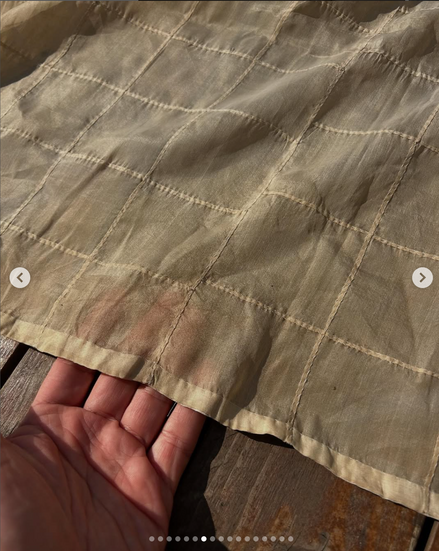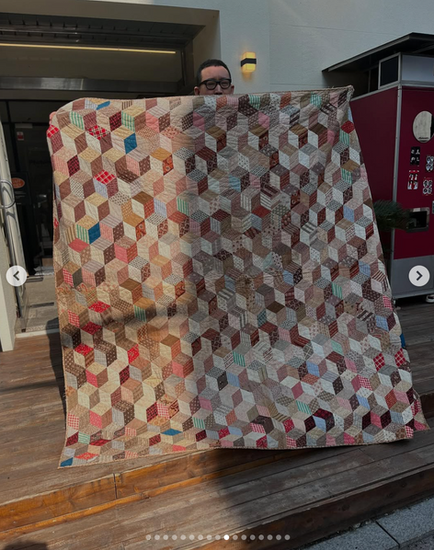- JungYeol Kim
- Jun 11
- 2 min read
Here’s a sample of our upcoming work jacket made from traditional Korean mosi-sambae (fine ramie cloth). The blue one is dyed with jjok (natural indigo), and the black version will be finished using meok (traditional black ink dye).
This project is all about tension—the contradiction between material and form. Ramie, typically seen in breezy, summer hanbok, is now being structured into a rugged, utilitarian silhouette. That contrast is the core of the piece.
But the real challenge lies in how far we can push that tension without breaking the harmony. Where we choose to pause—how we balance tradition with wearability—is what will define the quality of this jacket. In the end, it needs to be something anyone can look at and just want to wear. No need for explanation—just instinct.
So keep an eye out for this one:
Soobaak Vintage × Steady State × DIPIND Traditional ramie chore jacket, reimagined.
@soobaak_vintage
@maisonsteadystate Dye by
@dipind_seoul
PS: It’s insanely lightweight and cool. Perfect for summer.
The story behind this project?It started, honestly, with zero intention.
I bought a batch of mosi-sambae fabric purely out of impulse—fell in love with the texture at first sight. No plans, no purpose. Just heart first, wallet second.The funny part?Turns out, the fabric I was so enchanted by… was made in China.Korean-style ramie, sure—but not actually Korean.I threw it all out.A great lesson in heartbreak and authenticity.
During the last Future Market Marathon at EQL, I stumbled across a small independent seller with amazing pieces at ridiculously good prices. I bought a bunch, and then casually asked, “So… what do you do?”He replied, “I work in traditional dyeing.”What are the chances?That seller turned out to be none other than Kookhyun Hwang of DIPIND. A total fateful encounter.
Today, we joined Hwang at a jjok (indigo) dyeing workshop. We spent the day asking:How do we make something that doesn’t look like a folk craft souvenir?How can we stay true to the roots and make it actually fashionable?We’re aiming to launch the final pieces by July—in three colorways: raw white, indigo blue, and ink black.
I’m not someone who chases “meaning” when I make clothes.I chase curiosity.And, yes, I chase sales.To put it simply, I like fun business. Lightly, truly.
That’s why we want to sell this to people who’ve never thought about traditional craft.People who don’t even know what ramie is.We want them to want it—just because it’s cool.
So stay tuned: Soobaak Vintage × Steady State × DIPIND
@soobaak_vintage
@maisonsteadystate
Dye by @dipind_seoul
PS: Still insanely lightweight and cool.
Just saying.



































































